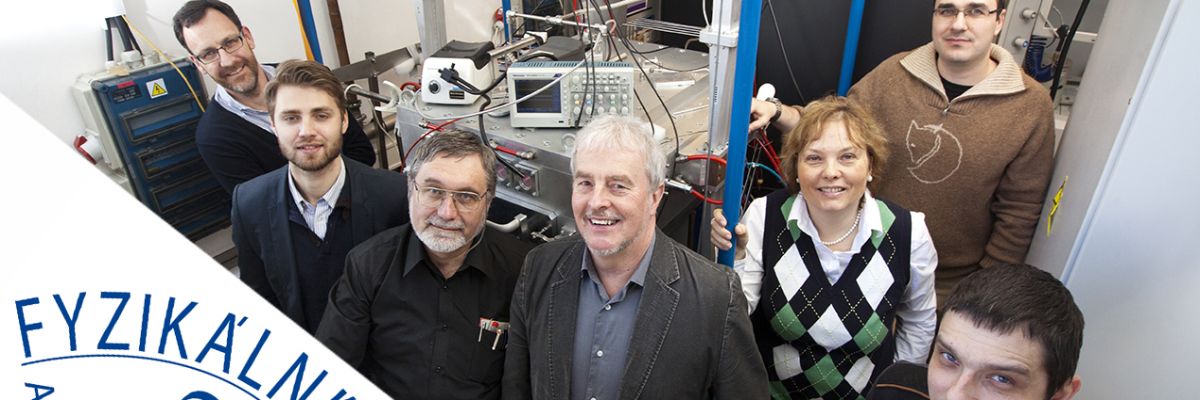
Scientists from the Institute of Physics of the CAS significantly participate in increasing the safety of nuclear reactors
Scientists from the Institute of Physics of the CAS significantly participate in increasing the safety of nuclear reactors
Thu Aug 31 15:42:08 CEST 2017
The results of the research of experts from the Institute of Physics of the CAS, CTU and the company Westinghouse, published in Scientific Reports (7/2017), represent a new method of protection of the surface of the zircalloy fuel assemblies with anticorrosion polycrystalline diamond (PCD) layers. The new cladding significantly lowers the corrosion of the zircalloy fuel assemblies not only under standard working conditions but also under an emergency increase of temperatures to 1000oC.
“At present, it has been shown based on the performed tests that PCD can serve not only as a passive element for increasing nuclear safety, but can also extend the lifespan of nuclear cladding and fuel by tens of percentage points. Truly significant economic and ecological benefits could arise from it all” summarizes the importance of the scientific result in practice the leader of the research team of the Institute of Physics of the CAS Doc. (Associate Professor) Irena Kratochvílová.
“Based on the results of a series of tests, zircalloy fuel assemblies covered with anticorrosion protective polycrystalline diamond layers were selected in 2017 by Westinghouse as possible candidates for Accident Tolerant Fuel in commercially operated reactors after 2020. Since February 2017, PCD has been tested in the active environment of a research nuclear reactor in Halden, Norway. If it passes all of the tests, Zr alloys covered with PCD layers will be used as protection against corrosion in nuclear reactors after 2020”, adds the leader of the team Doc. Kratochvílová on the future of the use of the new method.
PCD are comprised of two different phases of carbon, namely the hard diamond and the soft graphite; hence they are flexible and at the same time solid, thanks to which they withstand the heat load in the course of the work cycle of the reactor. The composite polycrystalline diamond layers were prepared in the laboratories of the Institute of Physics of the CAS by the method of deposition from the gas phase. The layers were tested in simulations of emergency and standard conditions of a nuclear reactor at the facilities of the FS (Faculty of Mechanical Engineering) of the CTU, ICT in Prague, IP of the CAS, UP Olomouc, Karlsruhe Institute of Technology and Westinghouse Electric. Besides the fact that the PCD layers can serve as a passive element for increasing nuclear safety, they also extend the lifespan of the nuclear cladding and subsequently also the period of the safe usage of nuclear fuel. Long-terms tests in the laboratories of Westinghouse Electric have shown that the coverage with PCD layers lowers the oxidation as compared to the standards roughly 40%. Precisely the significant reduction of the corrosion of the cladding can extend the period of the use of nuclear fuel, which are currently removed from the reactor mainly for the reason of high corrosion (Zr alloys) and not for the reason of sufficient burning. Unlike the usual method of anticorrosion protection, this new method prevents corrosion in a much more complex way.
The results were published in Scientific Reports/Nature Publishing Groups Scientific Reports 7, Article number: 6469 (2017) “Nanocrystalline diamond protects Zr cladding surface against oxygen and hydrogen uptake: Nuclear fuel durability enhancement” https://www.nature.com/articles/s41598-017-06923-4.
The press release is available here.
Contact: doc. Irena Kratochvílová, 226 052 524, 723814810, krat@fzu.cz
